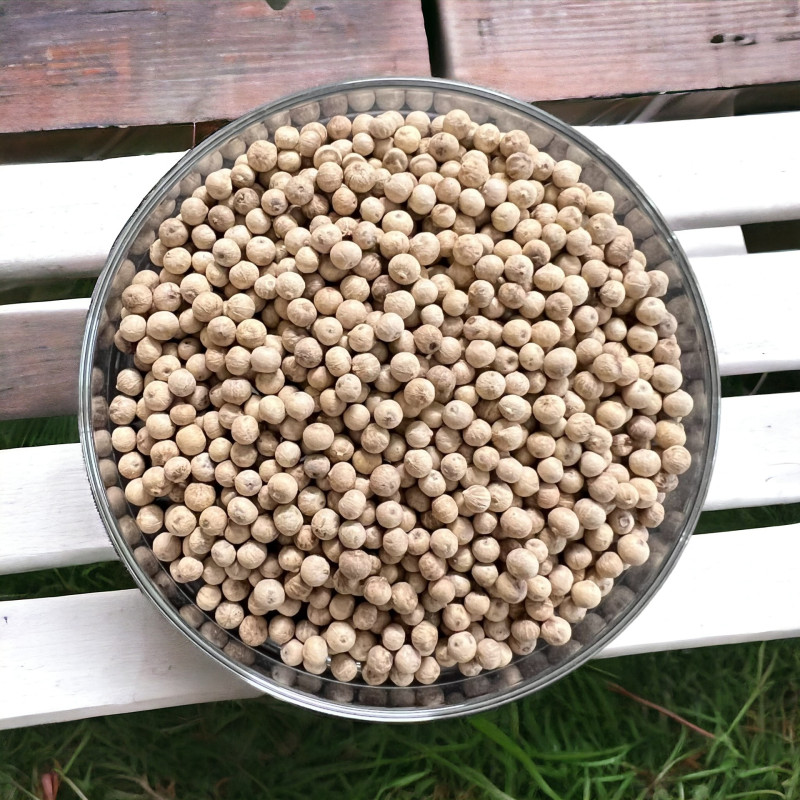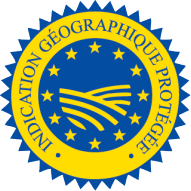
Reference: 10N7699901



A product from a PGI that includes responsible farming practices.
One of the best peppers in the world, harvested by hand!
 Delivery
Delivery
Mondial Relay
 Returns
Returns
See conditions
 Payments
Payments
100% secure
ivré en sachet refermable
Uses in Cooking:
Kampot pepper develops both strong and delicate flavors on the palate, with floral, fruity, and fresh notes, along with a hint of eucalyptus and fresh mint.
As Cambodia’s iconic pepper, its fruity taste and dried fruit aromas make it particularly suited for grilled meats, salads, and fish! Moreover, like all exceptional peppers, it remains highly versatile and will bring a unique and powerful touch to a good red meat, game, or any other dish! However, avoid long cooking times, as they may make it bitter.
My advice: As an exceptional pepper, do not mix it with other peppers to fully enjoy all its aromas, similar to a fine wine! Grind it with a mill or crush it in a mortar as needed to preserve its fresh taste.
Who am I?
Origin: Cambodia
The white Kampot peppercorns are hand-harvested from February and then sun-dried for 2 to 3 days.
It is emblematic of its country of origin (like Kampot red pepper) and owes its particular flavor to this unique terroir, much like fine wines. It is also the very first Cambodian agricultural product to receive a PGI (Protected Geographical Indication).
These peppercorns are relatively large, between 4 and 5 mm in diameter, and are only slightly wrinkled.
As with all fine peppers, Kampot pepper comes in four different colors:
Kampot pepper nearly disappeared during the Khmer Rouge period. The revival of its cultivation has been slow and challenging, especially due to competition from lower-quality peppers produced in neighboring countries.
A Little History:
Pepper cultivation in Cambodia is very ancient, with records dating back to the 13th century. In the late 19th century, its cultivation grew, supported by the French colonial authorities. However, its production stagnated due to the protectorate’s policies, which imposed prohibitive tariffs to limit its export to the metropolis, favoring the pepper grown by French colonists in Cochinchina.
Data sheet
Specific References
Reference: 10N7699901
Reference: 1N7049301
Reference: pimentjamaiqueE
Reference: poivreBEviet
Reference: Kubebe
Reference: Graineparadis
Reference: 2M6273801
Reference: 508207101
Reference: poivreNEvietnam
Reference: 1N7049301
Reference: 208029701
Reference: 9N7644901
Reference: SriLankaBlanc
Reference: poivresichuanV
Reference: 2N70996502
Reference: poivresichuanE
Reference: poivreNEmada


A product from a PGI that includes responsible farming practices.
One of the best peppers in the world, harvested by hand!